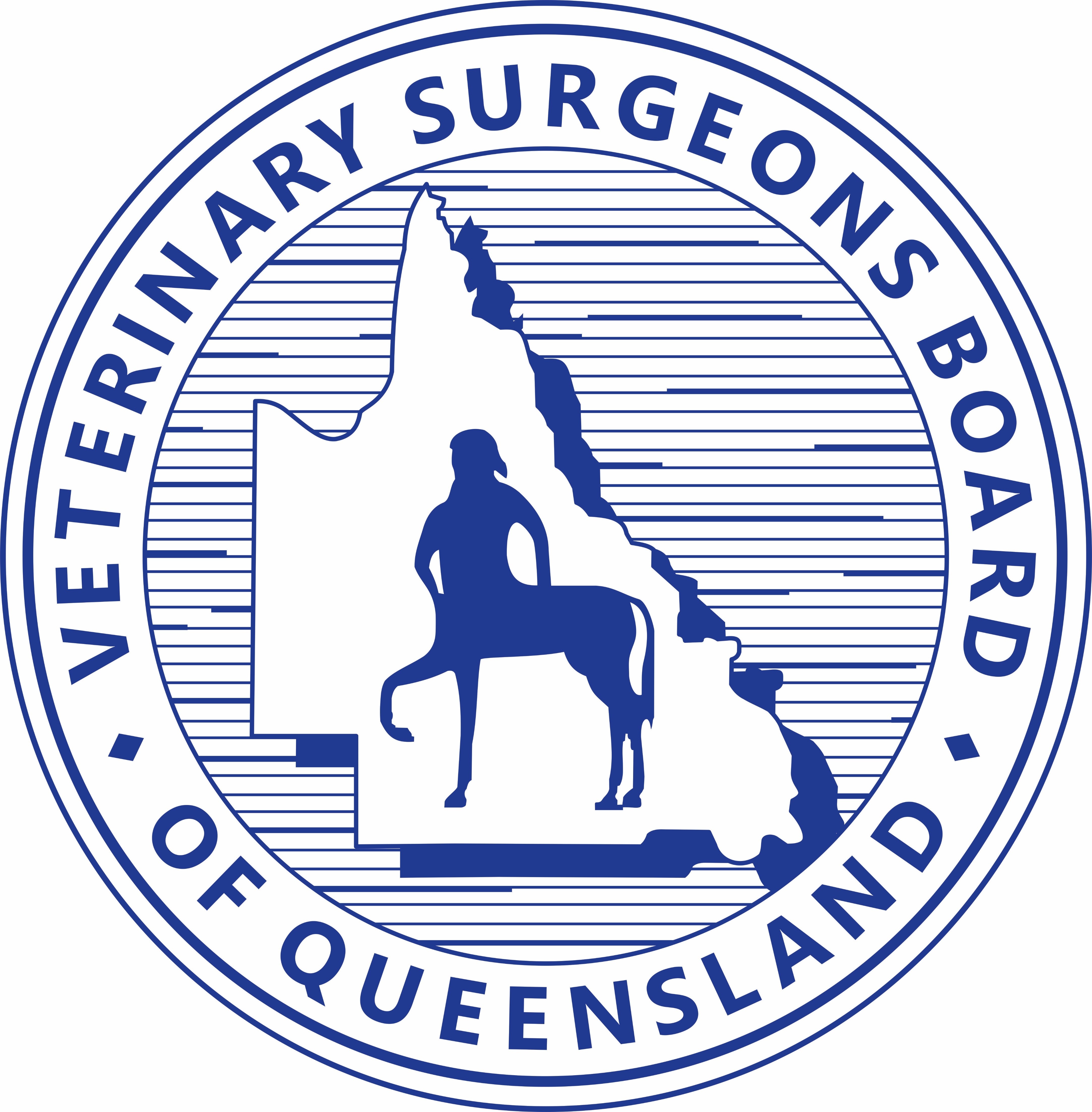Scope
These guidelines apply to veterinarians registered to practice in Queensland or recognised (deemed to be registered under the National Recognition of Veterinary Registration scheme) to practice in Queensland, who are performing acts of veterinary science.
Purpose
These guidelines describe the minimum standard expected from a veterinary surgeon exercising reasonable skill and care in the course of practising veterinary science via telemedicine. They should be read in conjunction with relevant Queensland legislation and other guidelines and definitions.
Background
Telemedicine involves the use of electronic communications and software to provide clinical services to patients where the veterinarian does not directly interact with the animal i.e. no direct (face-to-face) person to animal consultation.
Telemedicine is a fast emerging trend in the provision of human and animal health services. There is an expectation that veterinarians will use their professional judgement to decide whether using telemedicine is appropriate in particular circumstances.
In determining the appropriateness of veterinary telemedicine services in Queensland, the following need to be taken into account:
- The Veterinary Surgeons Act 1936 prescribes how and where veterinary science can be delivered and this is by way of veterinary services conducted from approved veterinary premises.
- Veterinarians must comply with Queensland Health legislation for obtaining, prescribing and administering drugs and poisons.
Application
- Veterinary telemedicine services for animals in Queensland must only be conducted by veterinarians registered to practice in Queensland, or recognised to practice in Queensland. Additionally, veterinarians must be practising from a premises that has been approved by the Veterinary Surgeons Board of Queensland.
- Clients must be able to identify the veterinarian and the veterinary practice they are receiving telemedicine services from.
- A bona fide veterinarian-client-patient relationship must be established. Refer to the Veterinary Surgeons Board of Queensland policy position on bona fide veterinarian-client-patient relationships.
- The client should be encouraged to have the animal seen by a veterinarian in person if possible.
- The client must be fully informed on the limitations of telemedicine and their consent obtained to proceed. This must be documented in the veterinary patient record.
- The veterinarian must maintain a veterinary patient record for the animal(s) in accordance with the Veterinary Surgeons Regulation 2016 and as per the Veterinary Surgeons Board of Queensland veterinary patient record guidelines, including where applicable supporting documentation like photographs, videos, voice recordings, verbal consent etc.
- The veterinarian needs to be available or have made appropriate alternative arrangements for the continuity of care for the animal(s) should subsequent direct or in-direct veterinary care be required. This must be documented in the veterinary patient record.
- The veterinarian assumes the veterinary care for the patient even if the animal is not physically examined.
- The veterinarian needs to consider the appropriateness of this type of consultation for the presenting problem and use their professional judgement in making a preliminary diagnosis and formulating a treatment plan in line with current practice standards. The veterinarian should be satisfied that a physical examination would not add critical information about the management of the case. When a preliminary diagnosis cannot be made based upon the available information, the veterinarian must make appropriate arrangements for direct examination, referral and/or diagnostics.
- The veterinarian must obtain informed consent for the treatment plan and record this consent in the veterinary patient record. Ideally verbal consent will be supported by written consent.
- Where treatment includes restricted (s4) and/or controlled (s8) drugs, only sufficient quantities to treat the preliminary diagnosis of the animal(s) should be prescribed or supplied for the presenting problem.
Definitions
The following definitions apply to this document:
- Veterinarian means a veterinary surgeon registered, or deemed to be registered with the Veterinary Surgeons Board of Queensland.
- Veterinary premises means a veterinary consulting room, surgery, clinic, hospital, emergency centre, mobile practice (small and/or large animal or equine) approved by the Veterinary Surgeons Board of Queensland.
- Telemedicine means patient consultations conducted without direct examination of the animal(s) by use of, but not limited to, technology such as phone, internet, videoconferencing.
Key relevant documents
- Veterinary Surgeons Act 1936
- Veterinary Surgeons Regulation 2016
- Medicines and Poisons Act 2019
- Guidelines – Veterinary patient records
Important notes
- It is recommended that a veterinarian or practice develops an appropriate policy and guidelines for implementation of telemedicine specific to their circumstances and ensure all staff are appropriately trained. Additional supporting documentation should be considered to ensure clients are fully informed of the limitations of telemedicine and providing information on obtaining direct veterinary care should it be required subsequently.
- Telemedicine is not a substitute for a veterinarian directly examining a herd or flock on a regular basis (no less than annually) for the establishment of a bona fide relationship to supply restricted (s4) drugs for clients to use on animal(s) at their discretion, without consultation of a veterinarian, as per agreed treatment protocols written by the prescribing veterinarian.
Last updated: 10 Aug 2023
